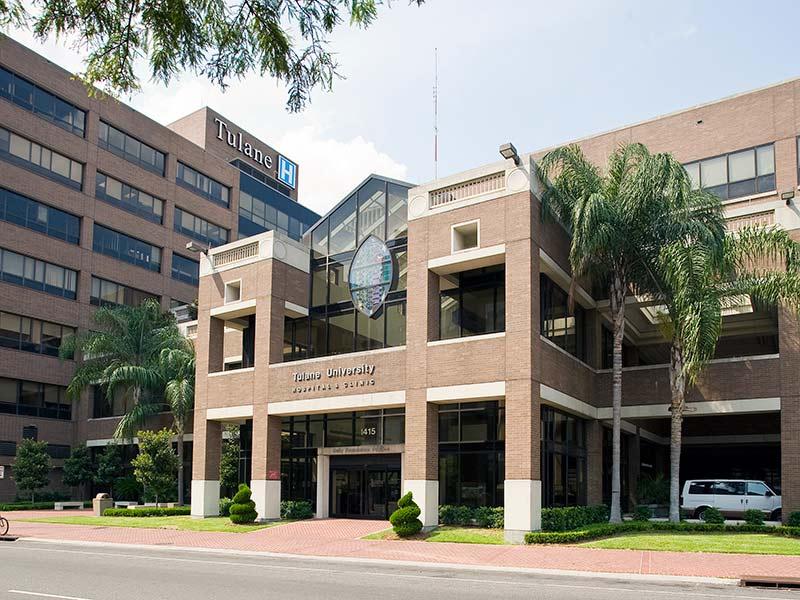Safer vascular scans with carbon dioxide
Carbon dioxide (CO2) is the gas that makes sodas fizzy and plants thrive, but could it also make it safer for doctors to scan blood vessels for signs of heart disease?
Tulane cardiologists and radiologists are pioneers in using CO2 in the place of traditional iodinated contrast dye for vascular imaging to greatly reduce the impact of angiograms on patients’ kidneys.
With the largest group of CO2-trained physicians in the state, Tulane vascular doctors are often successful in preventing amputations and other complications associated with chronic vascular disease, diabetes and kidney issues.
Roughly 27 million people in North America and Europe suffer from atherosclerotic peripheral arterial disease and a third of these also suffer from diabetes, chronic kidney and heart disease. These patients are at greater risk for kidney damage when traditional angiography and vascular intervention are necessary, says Dr. Jim Caridi, Tulane interventional radiologist and one of the pioneers of the carbon dioxide angiography procedure.
“But those patients also need more frequent angiograms to treat and monitor their condition,” Caridi says. “It’s a catch-22 – they need more imaging studies, but often, those scans can adversely affect their kidneys and make their problems worse. So we’ve worked to find a better way.”
In the CO2 procedure, a small amount of carbon dioxide is injected in the bloodstream instead of contrast dye to highlight the blood vessels and any blockages. The carbon dioxide is dissolved in the blood and then eliminated through the patient’s lungs.
With the largest group of CO2-trained physicians in the state, Tulane vascular doctors are often successful in preventing amputations and other complications associated with chronic vascular disease, diabetes and kidney issues.
In a collaborative effort, these Tulane physicians recently formed the CO2 Angiographic Society and launched a website at co2angio.org to help educate physicians about advances in CO2 imaging and how the technique can save kidneys, make diagnosis and assist in interventions.
“One of our main goals right now is helping educate physicians and patients that this alternative exists,” said Dr. Owen Mogabgab, a Tulane cardiologist. “It’s on the cutting edge, so some people just aren’t aware there are options in addition to contrast.”

